The railway line from Thessaloniki (Greece) to Bitola (North Macedonia) via Florina has a long history. It was completed in 1894, before the Balkan Wars in 1913 resulted in the final 17km ending up in Yugoslavia. Trains continued to run on the cross border section until 1987, and then ceased, pending reconstruction.
That reconstruction – North Macedonia side – was completed in January 2019 (the rebuilding cost €17.2 million, including €6 million from the EU), but as this story from 2020 outlines, weeds were already growing on the tracks.
In June 2024 I went to have a look at it – in a hire car, and starting at the Bitola end. You can see this line on OpenRailwayMap here, and click any of the photos to view the full resolution version.
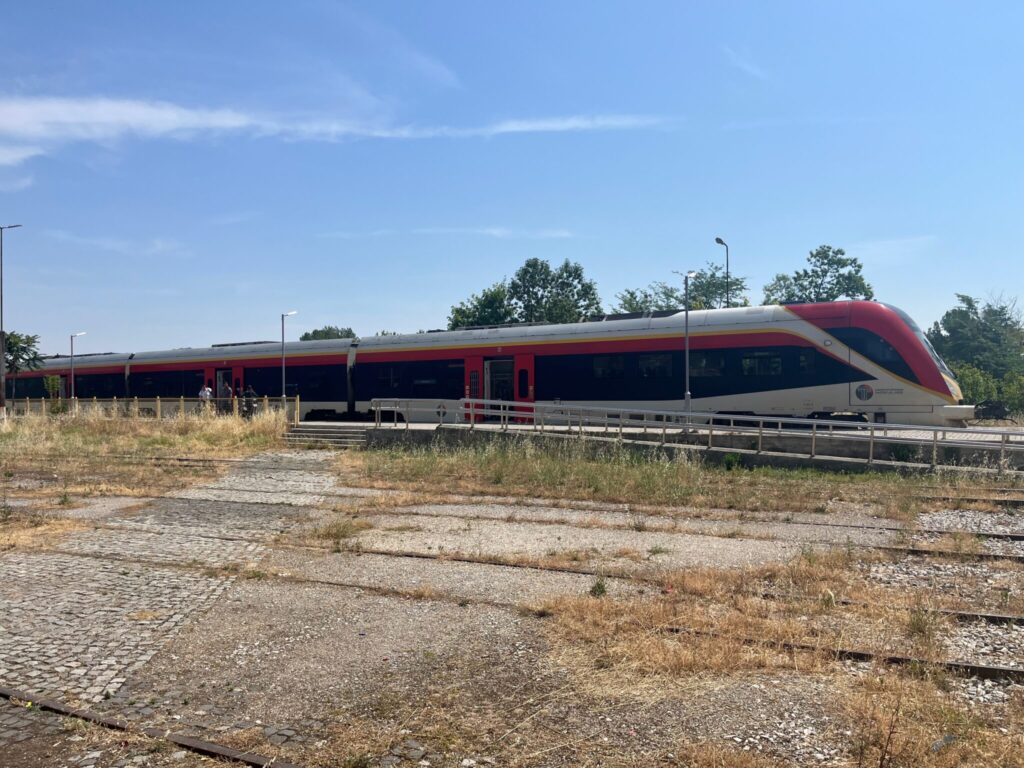
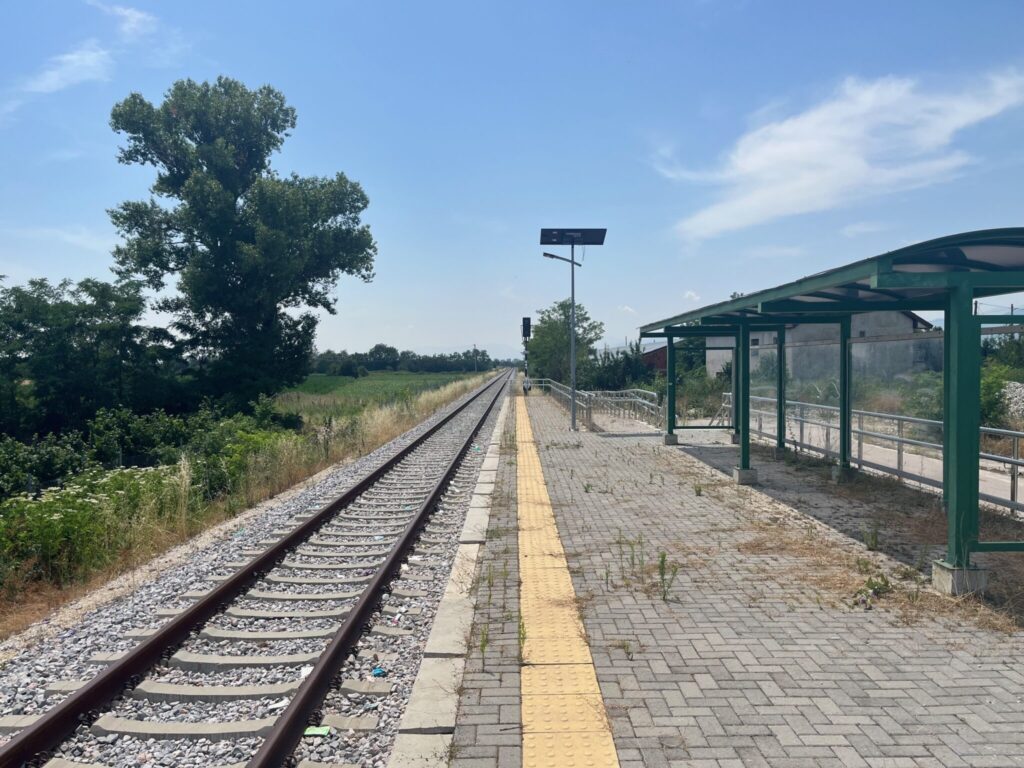

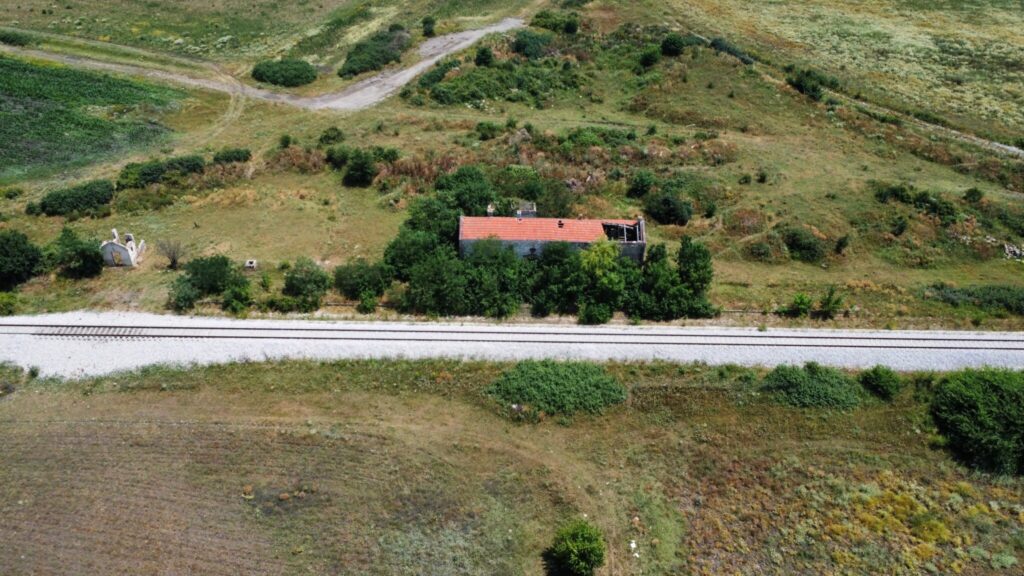
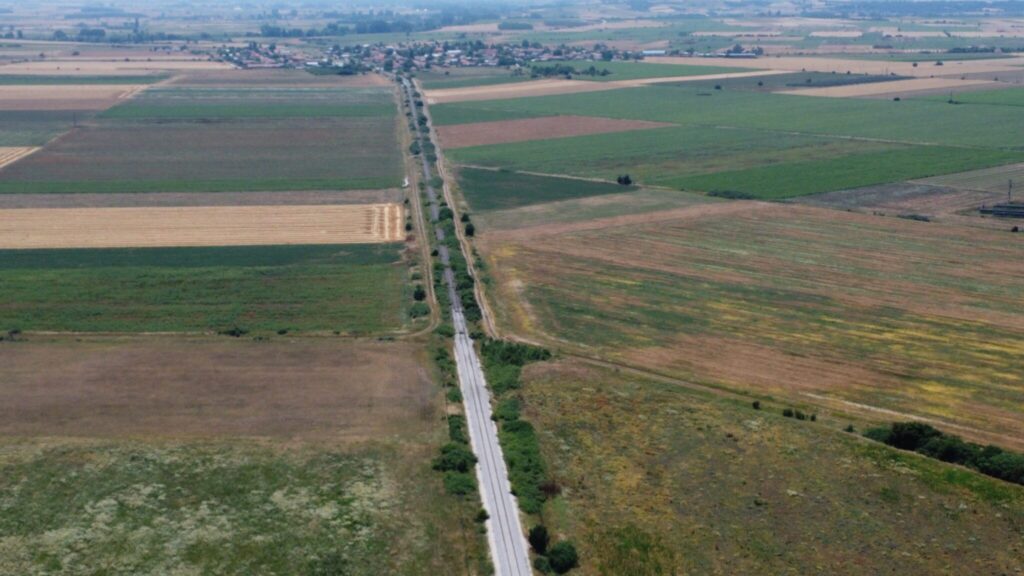
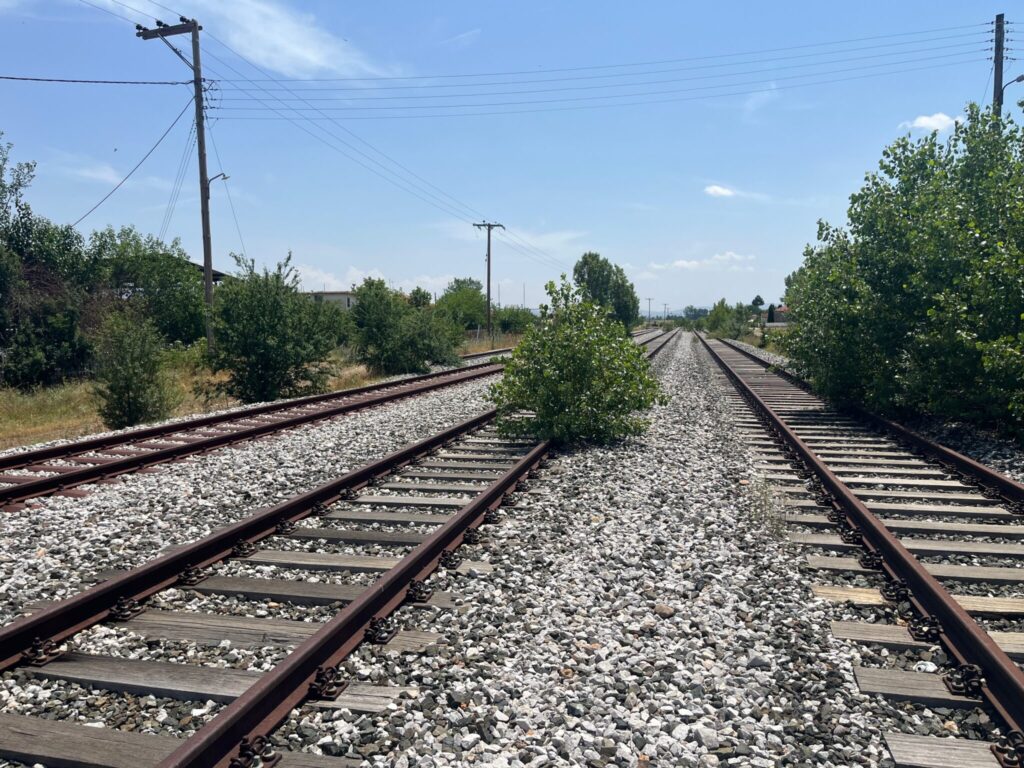

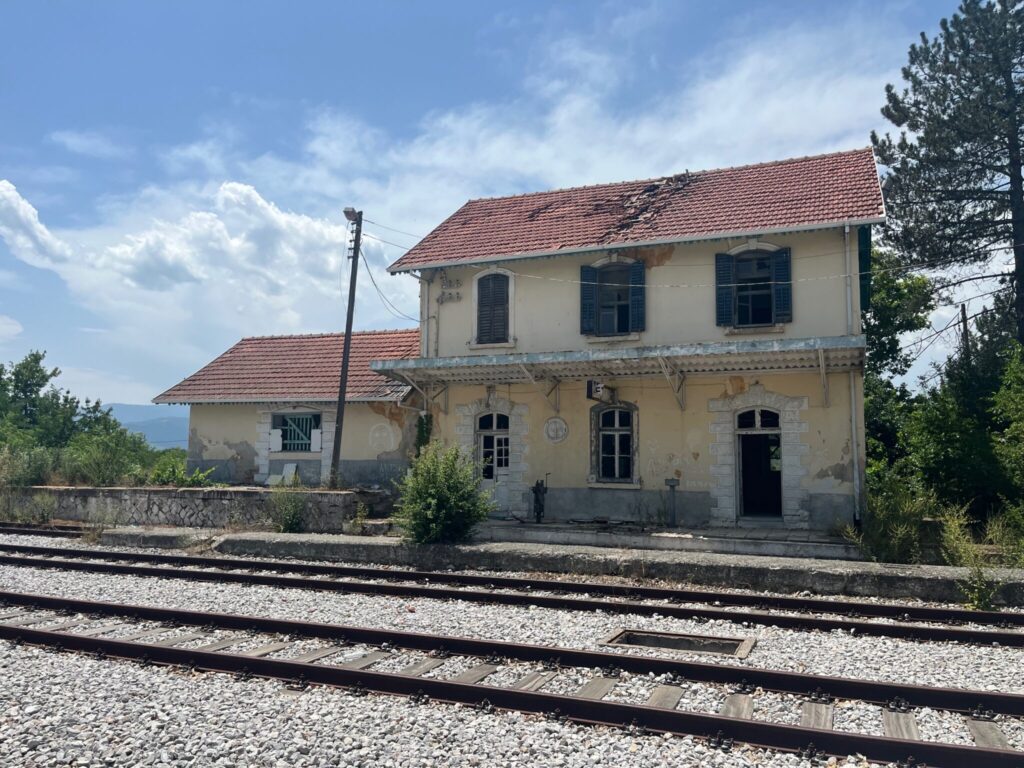
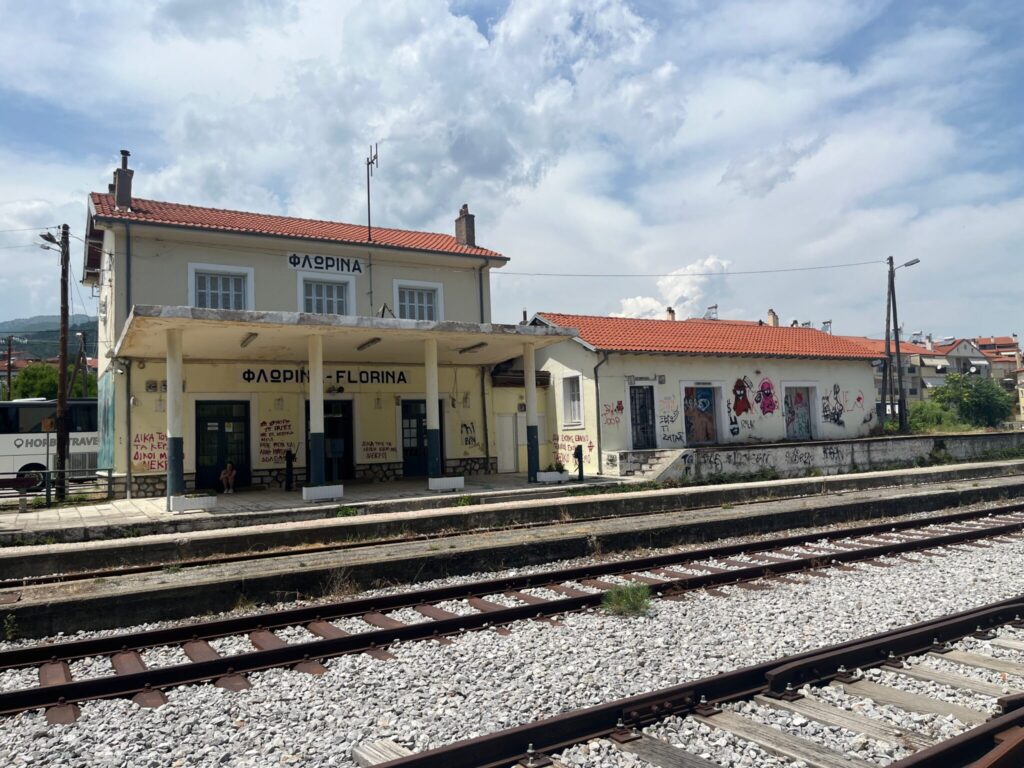
So there you have it. An operable cross border railway line, renovated with EU money and connecting the regional centres of Bitola and Florina, but with no trains running on it, and – importantly – without any plans to even run any trains.
So what is North Macedonia doing?
Repeating the trick.
Let me take you to the other end of the country – on the border of North Macedonia to Bulgaria. This one is on OpenRailwayMap here. This one I checked out by train, bus, bike and car, and the photos are organised Bulgaria towards North Macedonia. Again, click each photo to enlarge.
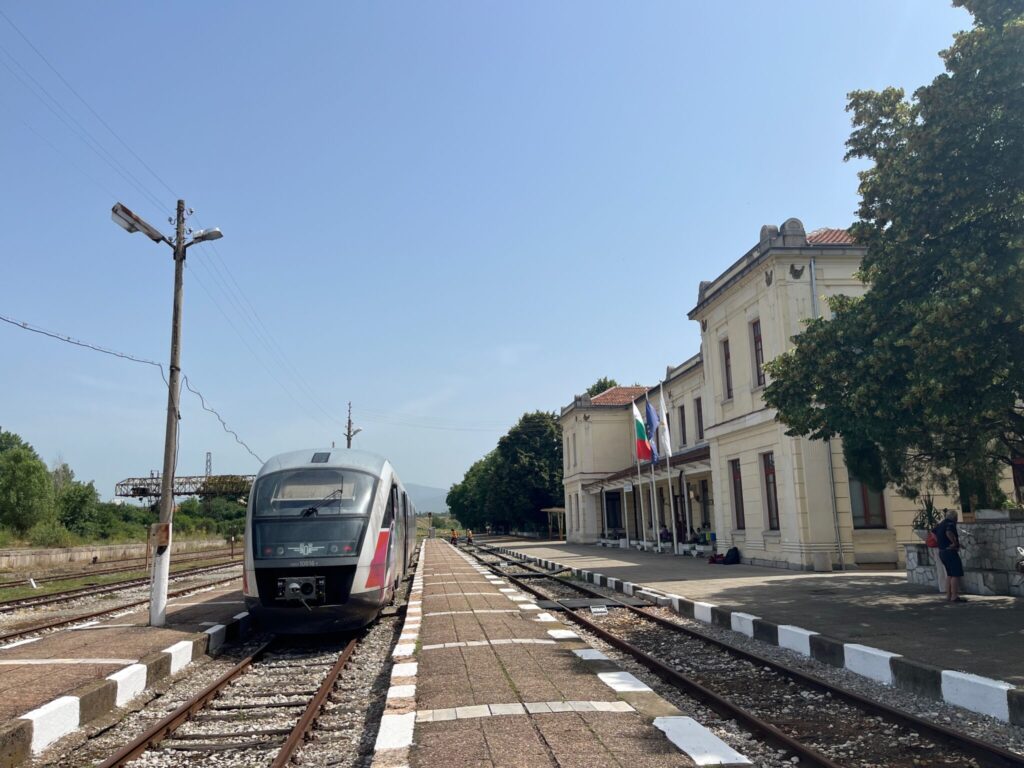
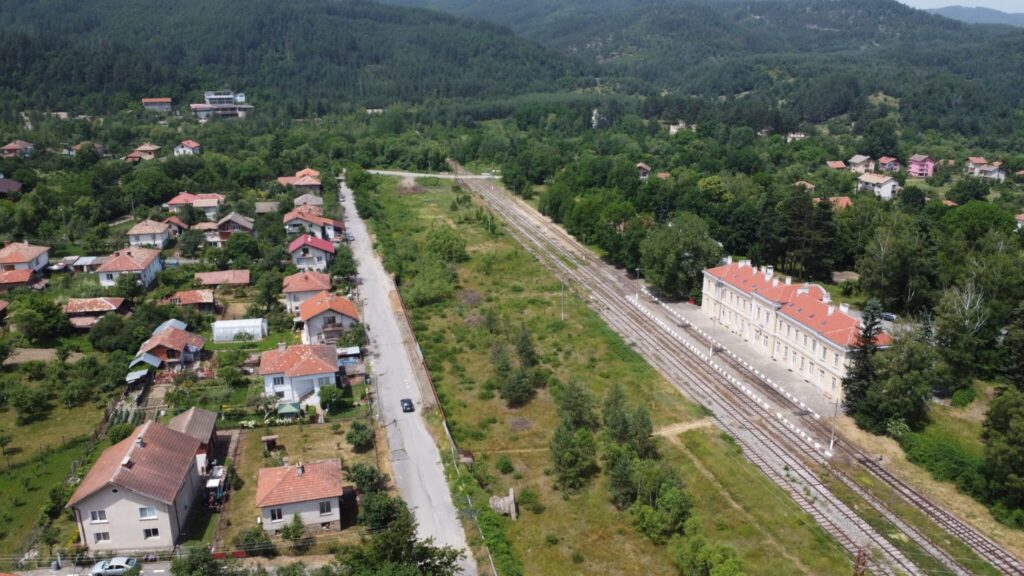

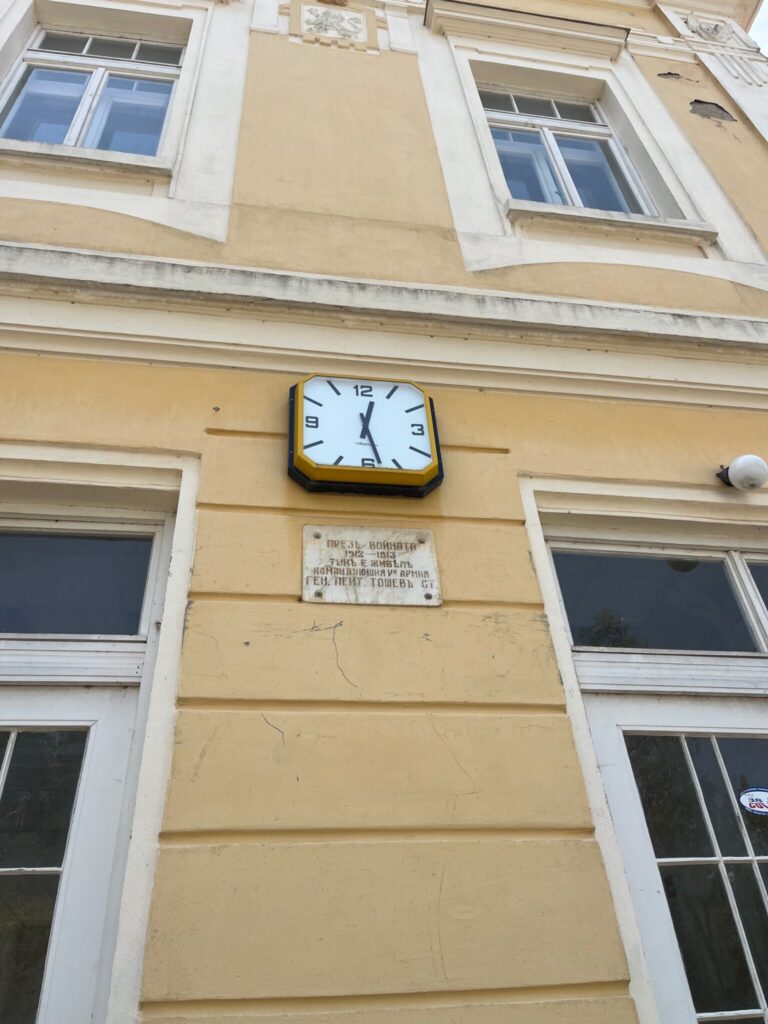


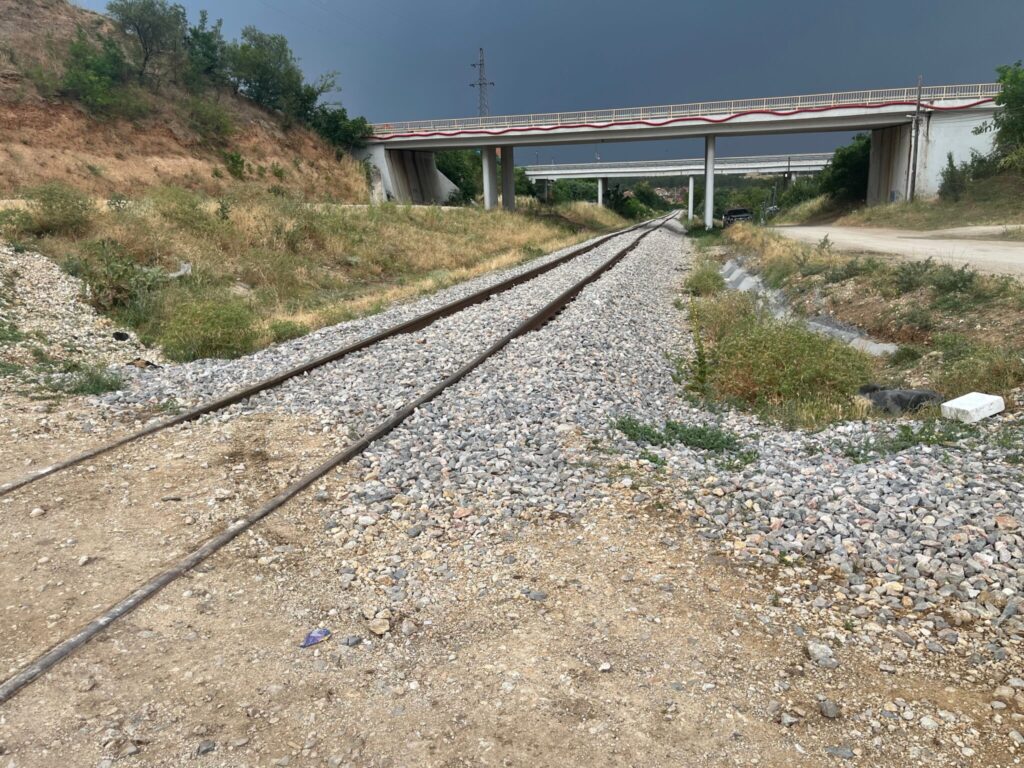
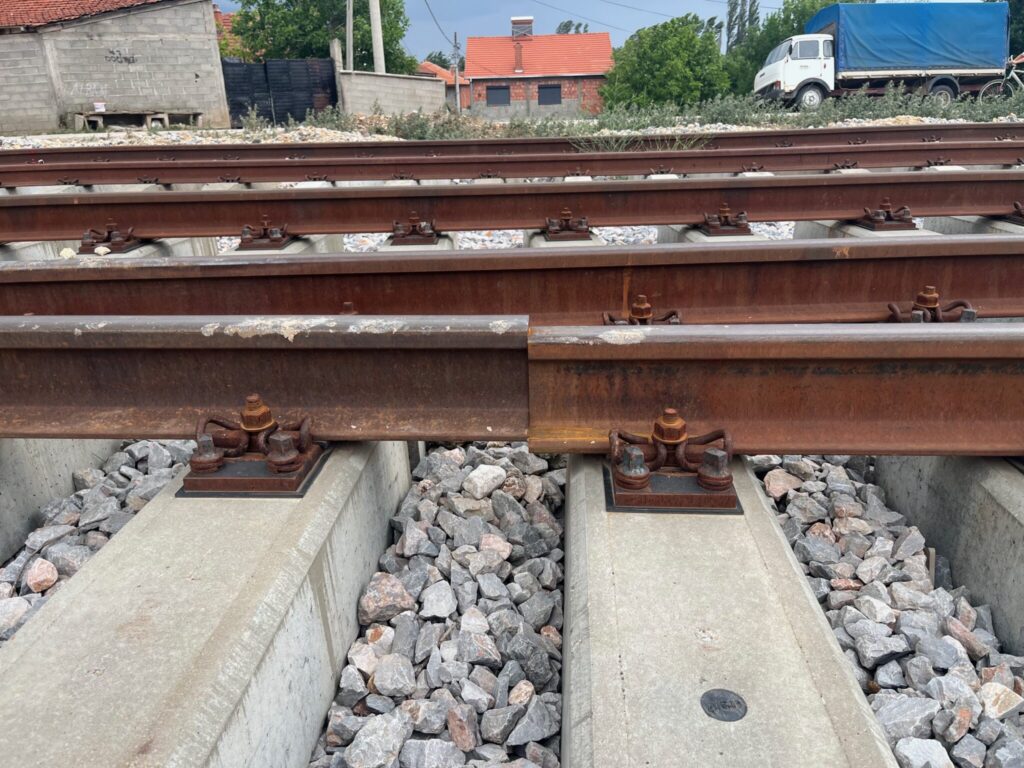

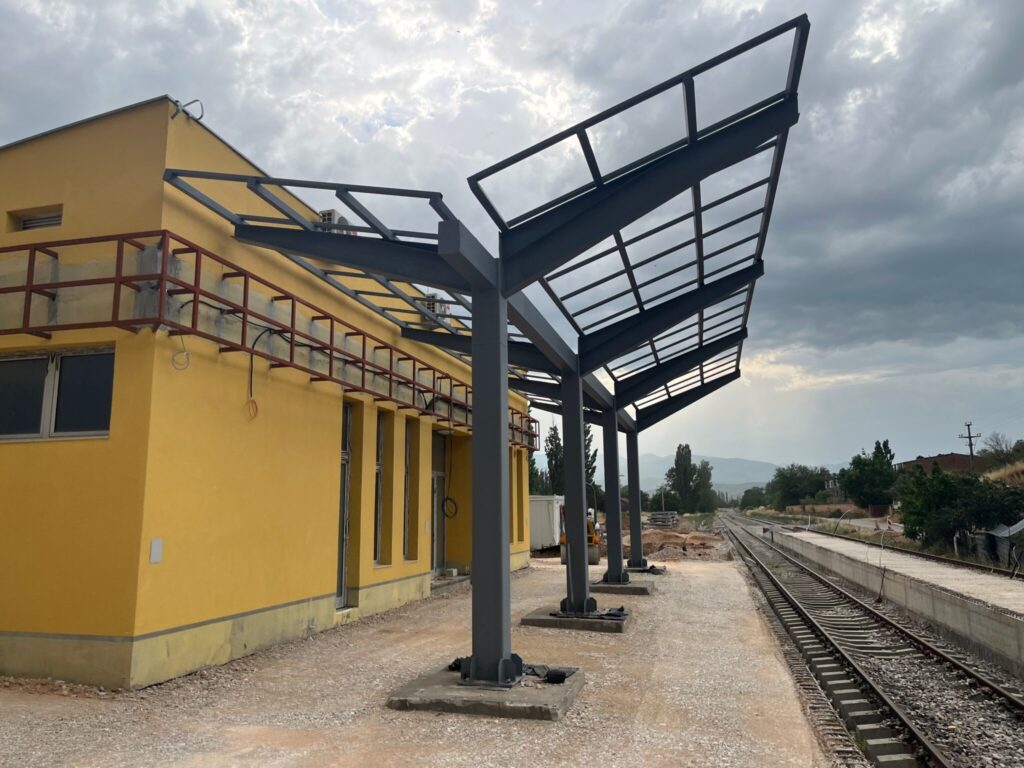
So what is going on here?
There has never been a railway between today’s North Macedonia and Bulgaria – while Bulgaria built its line to Gyushevo by 1913, World War I intervened. And before plans could be restarted in the 1930s, then came World War II. And from the 1940s until today there was neither need nor interest.
But now the European Union is trying to put this right – with a €560m funding package. That dwarfs what was put into Bitola-Florina!
There is a catch though. The project needs 89km of new line, about 86km of which will be in North Macedonia, and that is before we calculate the upgrades needed for Gyushevo-Kjustendil-Radomir.
As if that were not enough, North Macedonia has started – but has not concluded – the work on the first section Kumanovo-
Beljakovtse (pictured) and financing has been secured for the Beljakovtse-Kriva Palanka section. But those are the easy parts – it is between Kriva Palanka and Gyushevo where the terrain is very complicated that even design studies have not been concluded. Given both towns are at roughly 600m elevation, and the road border at more than 1000m elevation, a tunnel many kilometres long is going to be needed.
In other words: North Macedonia has started building a cross border railway, has not completed the first section for which it had finance, will start the second section, and – pending the design and financing the third section – will not run any trains on the new line in the meantime.
That is because Macedonian Railways MŽ have chronic rolling stock problems.
I was told by a friendly station manager who helped me make sense of MŽ’s timetables that the country currently only has 7 operable trains – 2 DMUs for Skopje-Bitola (3x a day each way), 1 EMU for Skopje-Gevegelija (1x a day each way), 1 diesel locomotive (a class 661), 1 “large” electric locomotive (I presume this means a JŽ 461) and 2 “small” electric locomotives (I presume this means MŽ 443, built by CRRC).
MŽ’s officially published timetable is testimony to this, and also shows a deep degree of denial – trains Skopje-Tabanovce have not run for 3 years, but are still shown on the 2024 timetable! (red crosses indicate trains that do not run)
I took some pictures at MŽ’s main maintenance workshop in Skopje, and this bears this out – dozens of locomotives, EMUs and DMUs in various states of decay:
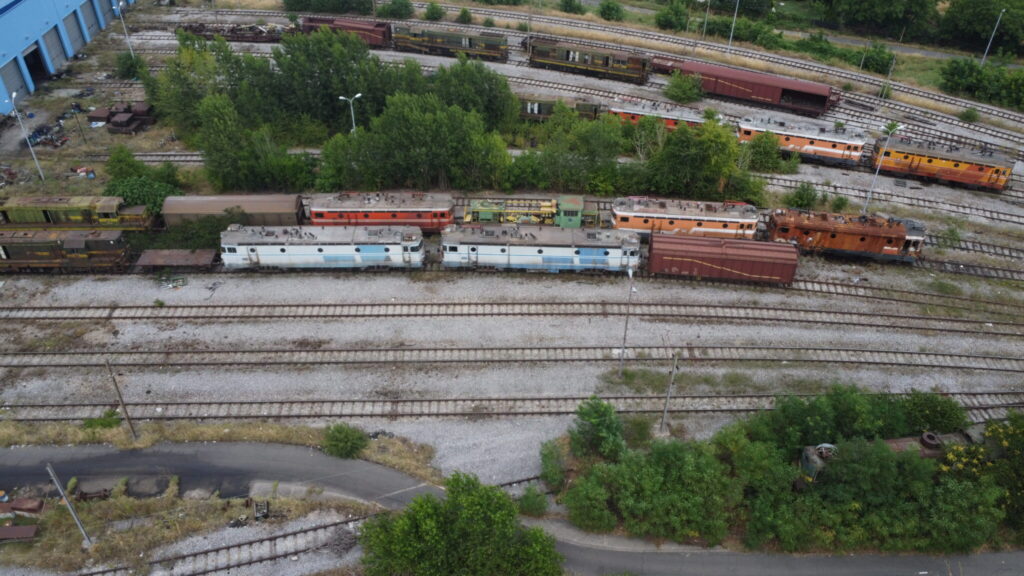
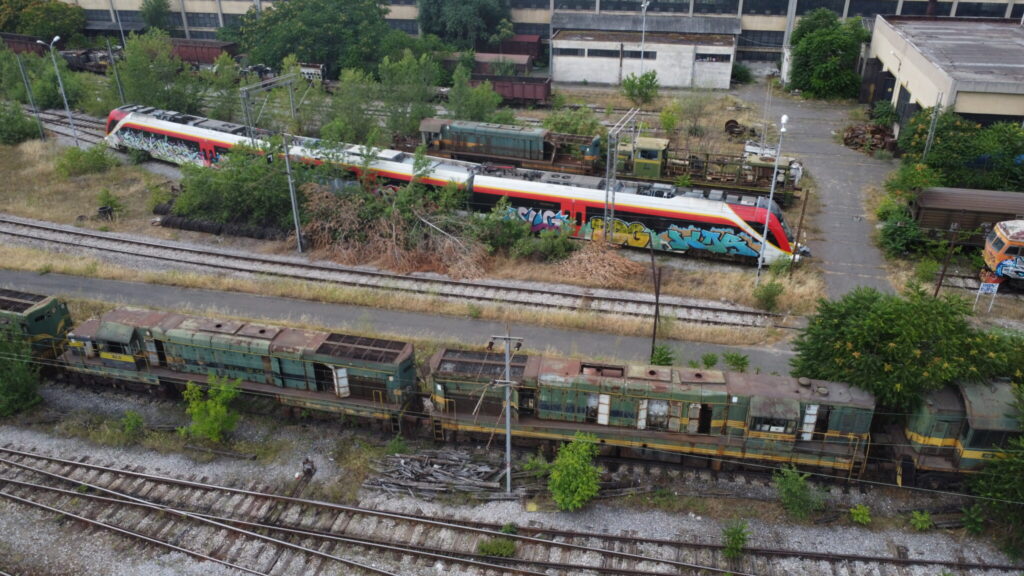
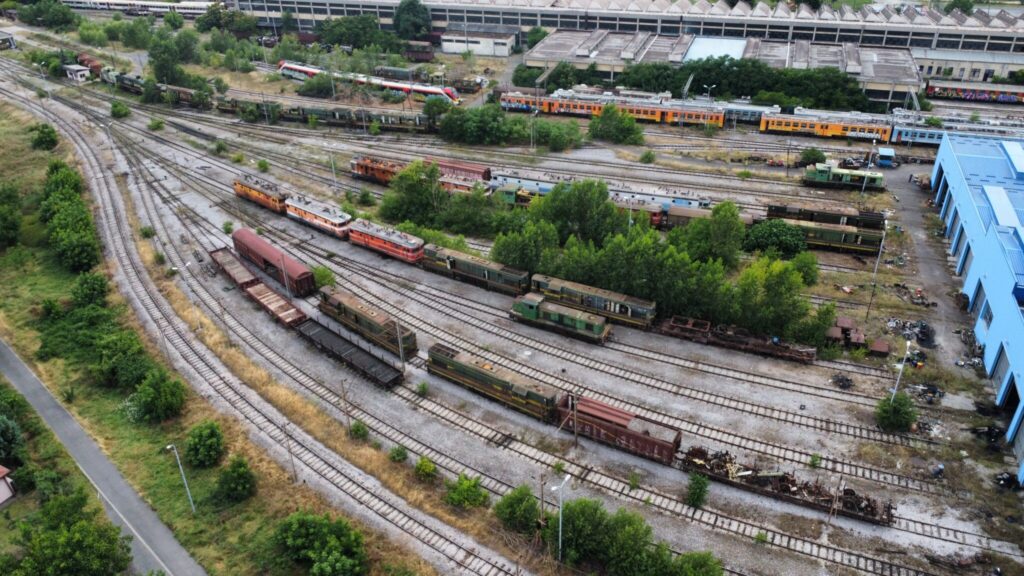
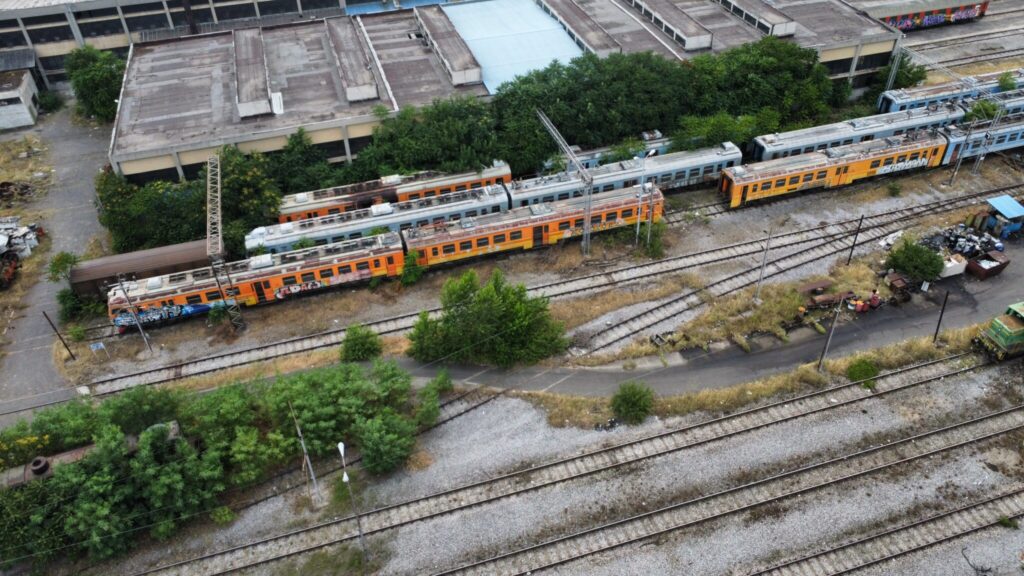
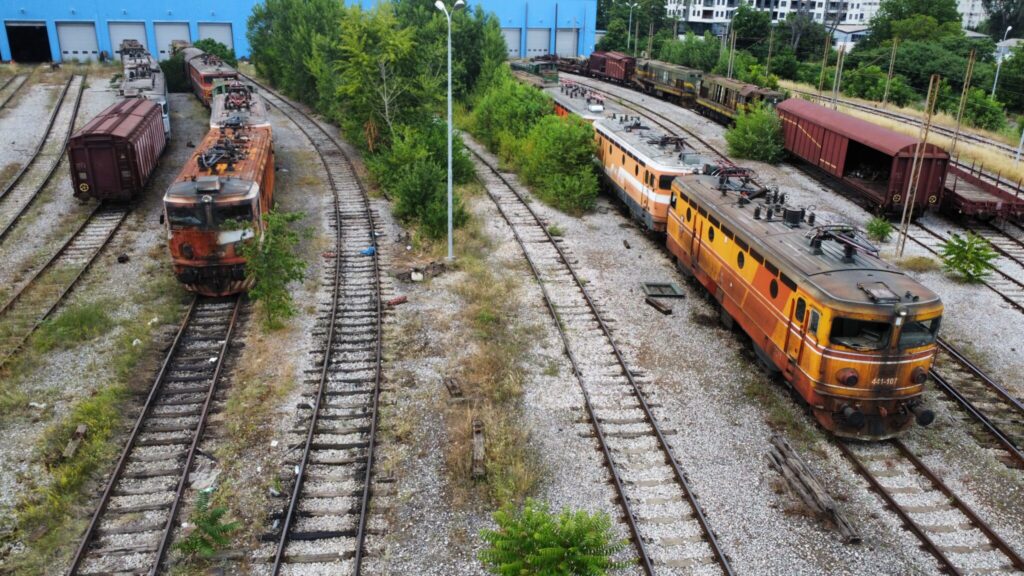
So the issue – in conclusion – is this.
Whatever lines North Macedonia builds or renovates in the coming years, until they urgently address the lack of rolling stock available to run on existing or future lines, there is going to be no progress. Hiring some class 441 electric locomotives from Croatia, and buying some carriages second hand from ČD in Czechia would be the easiest way to alleviate these problems, short term.
But were I the EU – and especially the European Investment Bank that is meant to have greater rigour in these matters – I would not commit a cent to any new railway infrastructure projects in North Macedonia before I could know if any trains are actually going to be available to run.
Until then, long live North Macedonia’s phantom line, and its forthcoming half built brother.

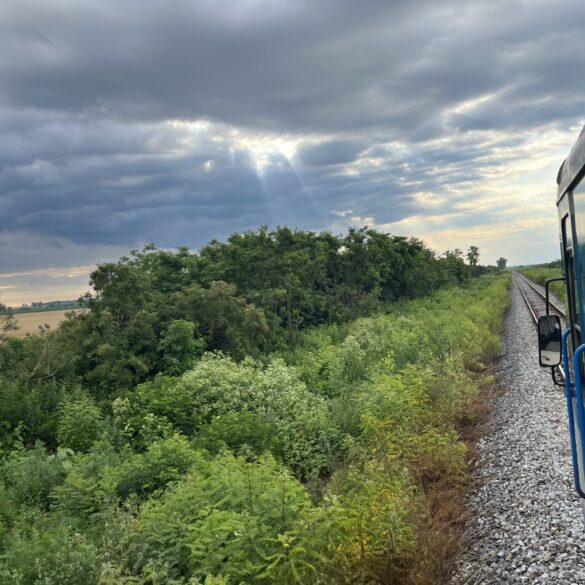
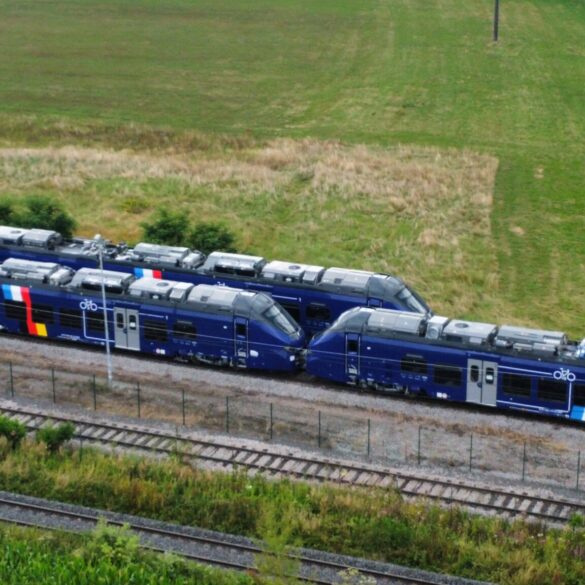
Hey, nice article. I’m planning to take the Gevgelija-Skopje evening train today – did you know if this one was still running? Thanks!
Hmmm, I think it is mornings to Skopje, evenings to Gevgelija – only 1 of the 2 timetabled trains runs. Can you let me know what happened?